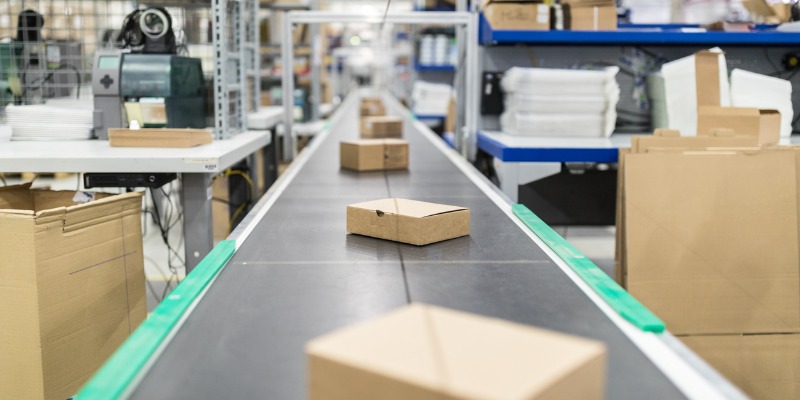Water-based adhesives, from vegetable to resin, are useful in a wide range of assembly applications. However, it may take some fine-tuning to get your adhesive working just the way that you want it to. You may face some stability or bonding issues during assembly, which may negatively affect your product quality, operating costs, and overall business. Here are some common assembly concerns with water-based adhesives and how you can solve them.
Too Much Adhesive
If your operators are using too much adhesive when they use a water-based adhesive, you may notice that the adhesive sets too slowly for a proper bond to be made. Even if it sets at the appropriate time, you are still wasting adhesive each time you use too much, increasing your operating costs. Too much adhesive may also drip or slip, sometimes affecting the look of the product.
A pump system can allow your operators to better control the amount of water-based adhesive they are applying. Accurate, metered amounts of the adhesive will prevent waste, keeping your operating costs low.
Too Little Adhesive
Sometimes, when your operators can’t effectively control how much adhesive they use, they use too little. In this case, it’s likely that your adhesive sets too quickly before a proper bond can be made. Often this is just as wasteful as using too much adhesive, as your operators end up finding defective bonds and reapplying the adhesive to correct the issue. This drives up your costs.
Also, this often results in poor performance of the product when poor bonds are missed. The solution to this problem is the same as the solution to using too much adhesive: a pump system. These will allow your operators to get precise control over their work, so they can use the exact amount of adhesive they need.
Water and Moisture
If you have too much water or moisture content in your product or your facility, you may find that certain water-based adhesives perform poorly, including vegetable or starch-based adhesives. The water thins them and can create poor adhesion issues. If this is a concern for you, you can use animal or casein-based adhesive instead. These adhesives are more resistant to water and moisture, making them useful in these environments or when assembly packages to hold liquid.
Temperature Issues
Water-based adhesives are also sensitive to temperature. When things are too cold, the adhesive may set too slowly. When the adhesive, or the environment it is in, is too hot, then it may set too quickly. This can create the same bonding issues as described above and cause a waste of adhesive, which increases costs. The solution here is to monitor your facility’s temperature and adjust it according to the temperature requirements of your specific adhesive. Or, you may be able to find an adhesive that will work better in your conditions.
The easiest way to find the right adhesive for your process is to ask the experts at Bond Tech Industries. Let us know about your application, and we are happy to help.







